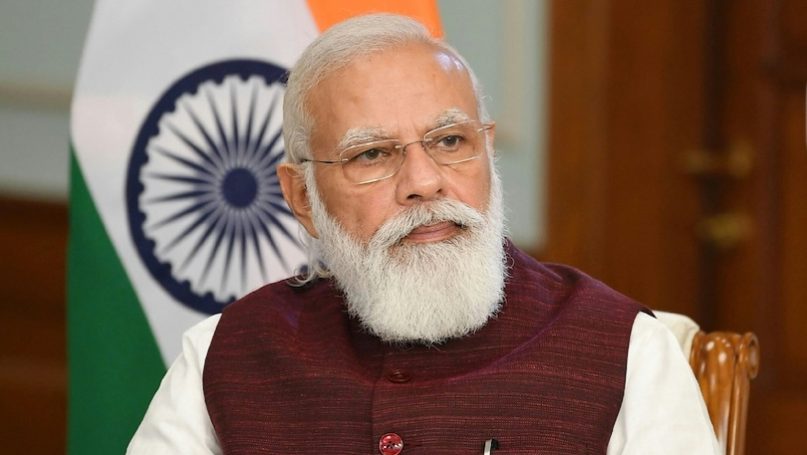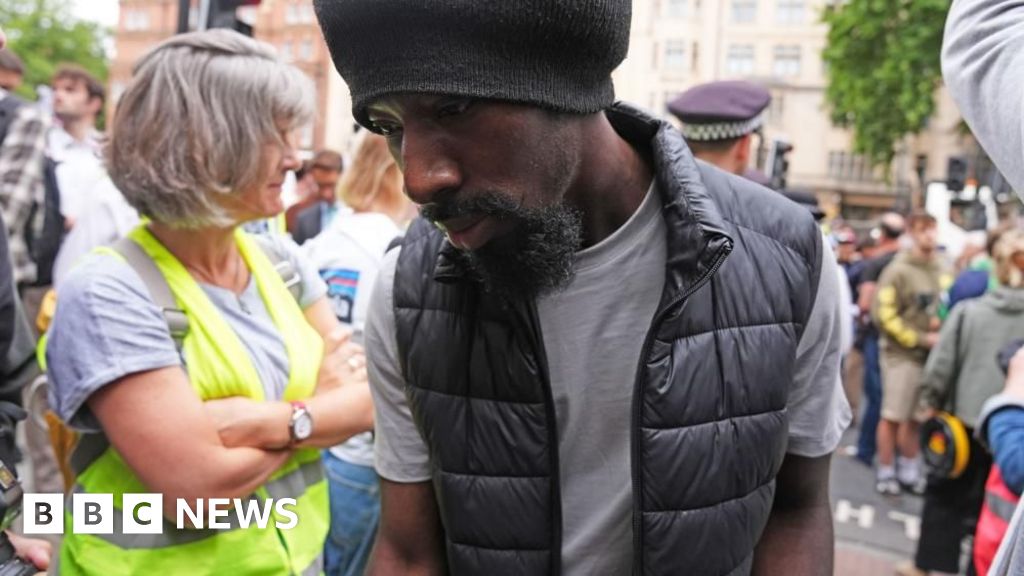
YashSD/Shutterstock
The world is watching South Asia with growing dread. Two nuclear-armed states—India and Pakistan—remain locked in a standoff that has already claimed lives, tested red lines, and exposed just how combustible the region has become. The spark this time was the April 28 massacre of twenty-six Indian tourists and one Nepalese national in Pahalgam, Indian-administered Kashmir. Carried out by a group calling itself Kashmiri Resistance, it was the deadliest civilian attack in India in nearly twenty years. Indian Prime Minister Narendra Modi responded with characteristic finality: “Our enemies have dared to attack the country’s soul,” he said in an address that was both somber and defiant: “The terrorists behind the killings, along with their backers, will get a punishment bigger than they can imagine.”
Within hours, India launched Operation Sindhoor, a set of pre-dawn missile and drone strikes on nine sites in Pakistan-administered Kashmir and interior Pakistan—reportedly including a safe house linked to the Jaish-e-Mohammed militant group. Islamabad retaliated, but with calculated restraint. Pakistan scrambled jets over Muzaffarabad and conducted “precision drills” near the Line of Control, while suspending diplomatic engagement, expelling Indian diplomats, and freezing trade across the Wagah border. In public, Information Minister Attaullah Tarar insisted: “We are a peaceful people, but we will not be passive in the face of Indian aggression. Our red lines are clear.”
India, meanwhile, has made no apologies. Foreign Minister Subrahmanyam Jaishankar told the United Nations that “no sovereign nation can tolerate cross-border terrorism,” and that Delhi would not hesitate to act again if provoked. A UN Security Council emergency session was inconclusive; neither China nor the United States was willing to push for punitive action against either side. Behind closed doors, American officials have reportedly urged “strategic restraint”—but there is little sign of de-escalation.
This is not just another flare-up over Kashmir. Nor is it merely a case of election-year political theater—though India’s general election, now in its final phase, undoubtedly shaped Modi’s timing and tone. What is unfolding now is a structural crisis—one rooted in the ideological hardening of Indian politics under the banner of Hindutva.
Hindutva is not Hinduism. It is an ethno-nationalist project that reimagines India not as a pluralist republic but as a civilizational state, defined by Hindu culture, language, and lineage. Its intellectual foundations lie in the work of early 20th-century ideologue V.D. Savarkar, who rejected secular nationalism in favor of a majoritarian identity built on blood and belonging. That vision has moved from the political margins to the core of state power over the past decade.
The Bharatiya Janata Party (BJP), under Modi, has fused electoral populism with cultural grievance. Its triumph has not been accidental. Since Modi’s 2014 rise, Hindutva has been steadily institutionalized—through school curricula, citizenship laws, surveillance regimes, and a growing tolerance of political violence. Anti-Muslim lynchings are no longer anomalies; they are symptoms of a deeper rot. Few are prosecuted. Some are celebrated. Modi rarely comments. He doesn’t need to. His silence is legible.
The Citizenship Amendment Act (CAA), passed in 2020, was the most explicit declaration yet of the regime’s priorities: offering fast-tracked citizenship to non-Muslim refugees from neighboring countries, while excluding persecuted Muslim minorities like the Rohingya and Ahmadiyya. The law, combined with a proposed national register of citizens, would render millions of Indian Muslims vulnerable to statelessness. Critics warned that it marked the formal death of Indian secularism. In retrospect, that moment may have been the turning point—not the end of pluralism, but its burial.
Kashmir remains the centerpiece of this transformation. In 2019, the Modi government revoked Article 370, dissolving the region’s semi-autonomous status. It was done with no consultation, no consent, and a communications blackout that lasted months. Since then, Kashmir has been governed less as a state and more as a security zone. Protests have been banned. Eid prayers are forbidden in public spaces. Young men vanish into detention. Indian media outlets barely report it anymore. In much of the country, Kashmiris are viewed less as citizens than as liabilities.
The Pahalgam attack was horrific. It deserves moral clarity. But the Indian government’s response—missile strikes, nationalist rhetoric, and the mobilization of outrage in the final stretch of a heated national election—signals something else. This was not simply retaliation. It was a message: that Indian sovereignty, as redefined by Hindutva, will be defended with absolute force. Not only against terrorists, but against entire populations perceived to be disloyal.
That message has regional and global echoes. Around the world, we are witnessing the consolidation of power around ethno-nationalist leaders who offer a mix of historical grievance and authoritarian restoration. Donald Trump is poised for a return to power on a platform of retribution. Netanyahu continues to prosecute a brutal war in Gaza while openly undermining Israel’s judiciary. Xi Jinping pushes an ethnocentric vision of “rejuvenation” in China. The common thread is not ideology but method: vilify minorities, erase dissent, and claim a monopoly on patriotism.
Modi belongs in that company. Yet his case is more tragic, because India once aspired to something greater. The India of Ambedkar and Nehru was flawed, but its constitution enshrined an idea: that citizenship transcends identity, and that the state belongs equally to all. That idea is now in retreat. The current election may well cement its eclipse. For many in the diaspora, this is personal. I was raised by Indian immigrants who believed in a country where difference was not a threat but a fact of life—where complexity was part of the national character. That India is slipping away. In its place is an India that demands loyalty not to a flag or a constitution, but to a cultural order. The state is no longer asking for engagement. It is demanding conformity.
The danger now is not only of another Indo-Pakistan war—though that risk remains. The deeper danger is of an India that becomes unrecognizable to itself, and to the world. The international community cannot prevent every conflict. But it can choose how to understand it. What is happening in South Asia is not simply geopolitics. It is the violent unfolding of a new national story—one built not on inclusion, but on erasure. The task ahead is not just to de-escalate this crisis. It is to remember the India that once existed, and to imagine how it might live again—not as fantasy, but as refusal. Refusal to accept that power must always silence principle. Refusal to forget what peace once meant. And perhaps, refusal to stop fighting for it.
Further Reading on E-International Relations
About The Author(s)
Andrew Latham is a Senior Washington Fellow at the Institute for Peace and Diplomacy, where he focuses on military strategy, great power politics, and the future of warfare. He is also a tenured full professor of International Relations at Macalester College in Saint Paul, MN. His work has appeared in E-International Relations, The National Interest, RealClearDefense, 19FortyFive, The Hill, and The Diplomat.
Before you download your free e-book, please consider donating to support open access publishing.
E-IR is an independent non-profit publisher run by an all volunteer team. Your donations allow us to invest in new open access titles and pay our bandwidth bills to ensure we keep our existing titles free to view. Any amount, in any currency, is appreciated. Many thanks!
Donations are voluntary and not required to download the e-book - your link to download is below.

 Movie
Movie 3 months ago
134
3 months ago
134 






![Presidents Day Weekend Car Sales [2021 Edition] Presidents Day Weekend Car Sales [2021 Edition]](https://www.findthebestcarprice.com/wp-content/uploads/Presidents-Day-Weekend-car-sales.jpg)



 English (United States)
English (United States)